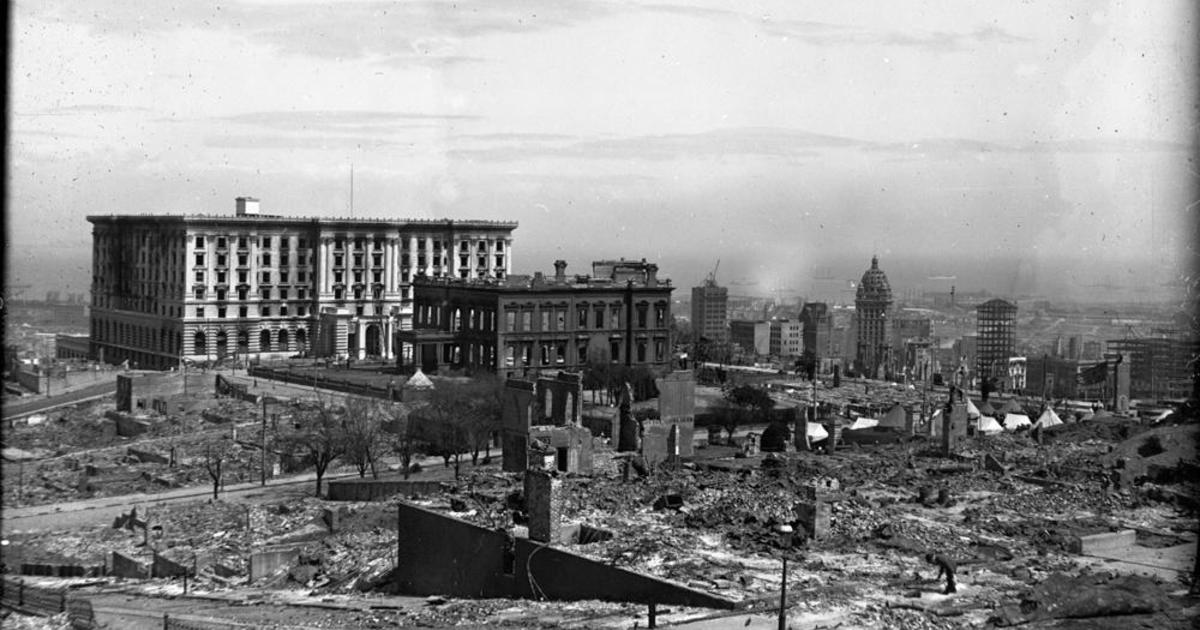Drought Conditions Cause Central Valley Homes To Sink Into The Ground
EL NIDO (KPIX 5) - Homes in a Central Valley neighborhood are the latest casualty of California's historic drought. The parched, dry weather is causing them to literally sink into the ground.
Homeowner Scott Hall was puzzled when he first noticed a small crack in his living room wall.
"My wife and I were watching TV and we noticed a fine crack -- you could see the white starting to show up," said Hall.
That small crack was part of a much bigger problem going on underground. His home was dropping.
"You could literally stand out by the sidewalk and look clear underneath the house to the back yard," said contractor Gary Wake. "That's how much the soil had shrunk under this house."
More and more homes have begun to tilt, sink and crack in the neighborhood, and it has become clear that the reason lies underground. Drought conditions have made the earth beneath them so parched, it is affecting the aquifer, the underground layer of permeable, clay soil where water normally flows.
"We honestly believe that it has a lot to do with the drought, and the aquifer just being sucked out," says Hall.
As the aquifer begins to gradually cave in, subsidence occurs. Wake explains.
"When that clay soil starts shrinking and going away, the foundation follows, especially on the older homes. We're seeing subsidence right now at about one foot per year."
Michelle Sneed, a hydrologist with the USGS has been tracking California's rate of descent for the USGS. She said one area really stands out. It's called the El Nido Subsidence Zone, a swath of land in the Central Valley, just south of Merced.
That is precisely where Hall's home is. Sneed said that area is sinking so fast, scientists are actually having trouble keeping up with it.
"The only place I can think of that's outpacing our (El Nido) subsidence is Mexico City," said Sneed.
Until now, the most visible sign of California's dry, sinking valley was the broken concrete lining the Delta-Mendota Canal. The canal starts at the C.W. Bill Jones Pumping Plant in Tracy, and runs 117 miles, parallel to the California Aqueduct.
Now, the problem is hitting more and more homes in the Valley, instead.
"We're getting the calls of, 'can you come and adjust my doors, my doors won't shut,'" said Wake.
Meantime, Hall has started noticing even more cracks on the exterior of his home.
"Another small crack is taking off, going off towards the house," he said.
To make matters worse, the sinking houses in Hall's neighborhood sit right across the street from drought-thirsty agriculture. The farmers are digging a record number of wells, deeper and deeper into the sinking water table.
And experts say Hall's sinking home and others like it, are a consequence of the drought that won't be solved by an El Nino winter.



